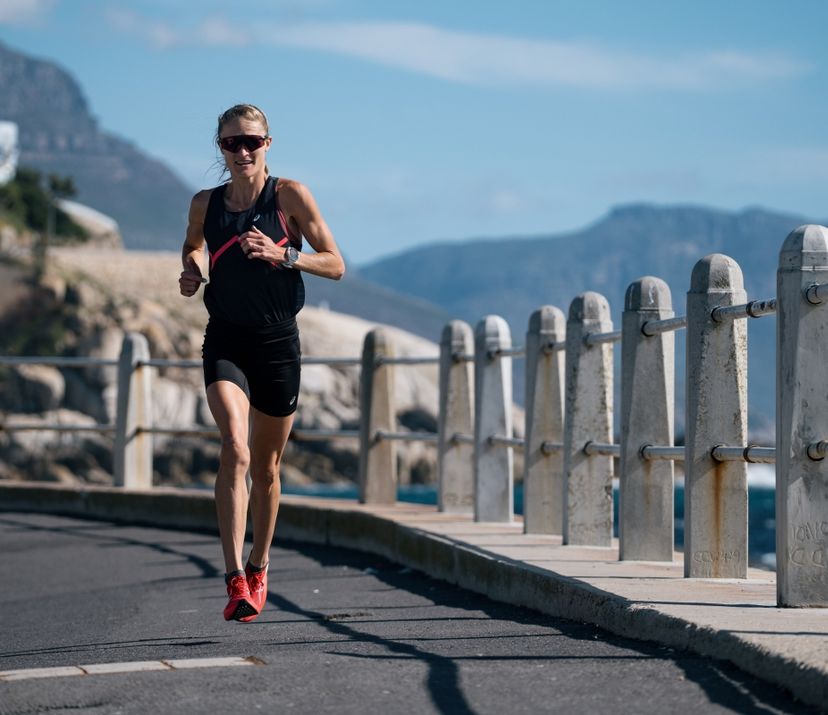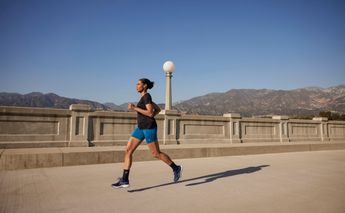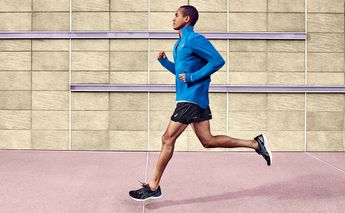Early sunrise: check. Cloudless sky: check. Running shoes: check. Best ever start to a summer’s day: check.
Summertime can be both the friend and foe of runners. Here are some tips to keep you on friendly terms with a time of year which should see you running more.
Be weather-wise
Summer running. Birdsong keeps you company, the temperature is more agreeable and, perhaps best of all this time of year, the evenings are longer. Ideal for avoiding the hottest time of day with all the benefit of good visibility, it’s also an alternative for those who are too tired in the early mornings. Early morning runs seem to divide the running community; some just don’t have the energy, while others swear it will make you a consistent runner. Either way, the summer offers more options (i.e. daylight hours) and both morning and evening runs are cooler and more comfortable.
Of course, as with any season, the weather can be unpredictable and it makes sense to plan your training by checking the weather forecast first. Just as winter requires the right approach, preparation and clothing, so you should carefully consider the same aspects in summer and avoid long runs on scorching days, for example.
Wear wicking fabrics
Wicking is the word used to describe the property of some fabrics that draw water away from the skin. This is a valuable feature of modern sportswear as it keeps sweat off the skin and minimises the risk of problems caused or made worse by moisture such as chafing. All ASICS clothing has this property. A good summer running outfit should consist of both a top and bottom made of wicking fabric. It’s also good to choose light colours in summer since these reflect the rays of the sun and keep you cooler than dark fabrics.
Sunscreen is a must
To protect your skin, use a water-resistant sunscreen (remember, you’re sweating!). Use a high factor, and bring a small tube with you in a pouch to make sure you’re protected during longer runs. The benefits of sunscreen are multiple and are part of a safe approach to training. Just as you wouldn’t train on an injury, you shouldn’t neglect your skin either.
Drink often and replace what you lose
A library of material has been published on when and how much you should drink before, during and after running. Of course, it is advisable that you stay hydrated, but how often, how much and what should you be drinking? When the International Marathon Medical Directors Association (IMMDA) released its official guidelines on runner hydration for marathons, its conclusion was that you should simply drink when you feel thirsty. Just as dehydration caused by too little water replacement in the body can be dangerous, so over-hydration has been found to make runners nauseous and disorientated because too much fluid intake dilutes the blood salt.
As regards the type of drink best suited for running, the IMMDA again suggests a return to common sense. Since you’re losing water by running (through sweat), you need to replace it with water. Only when running long distances do you need to consider also replacing lost salt and carbohydrates with a commercial sports drink, often containing these extra ingredients?
Train happy
Above all, regardless of the season, the right mental attitude is a must for productive training. There’s little use running, no matter how fit and healthy your body is, if you're not really enjoying it. Luckily, in summer, that mindset is often easily achieved: let’s face it, it would have to be a hardened couch potato who wouldn’t want to run out into that sunshine, the welcoming cool of the forest, or the wakening streets on a summer morning – now where's the sunscreen?



